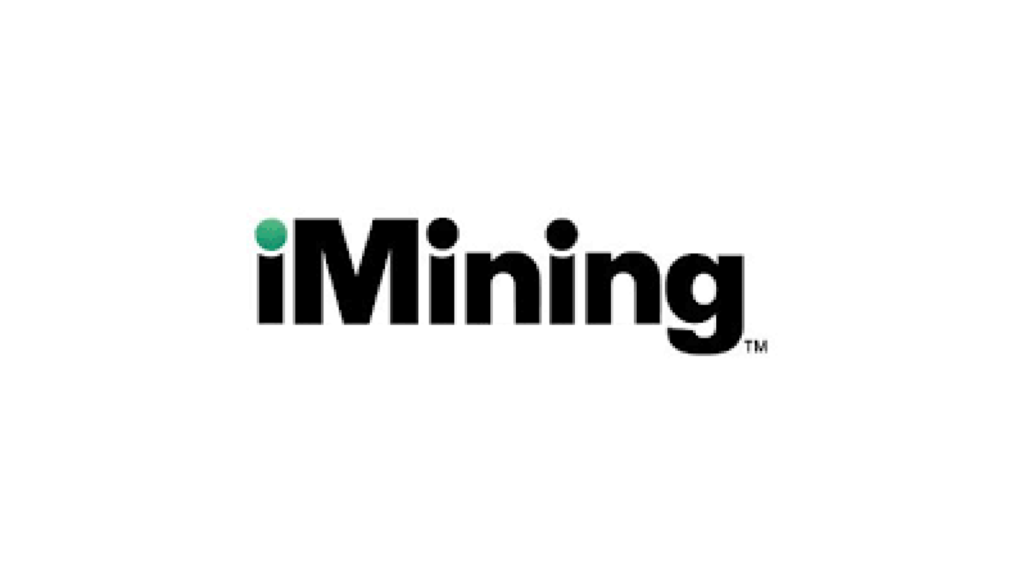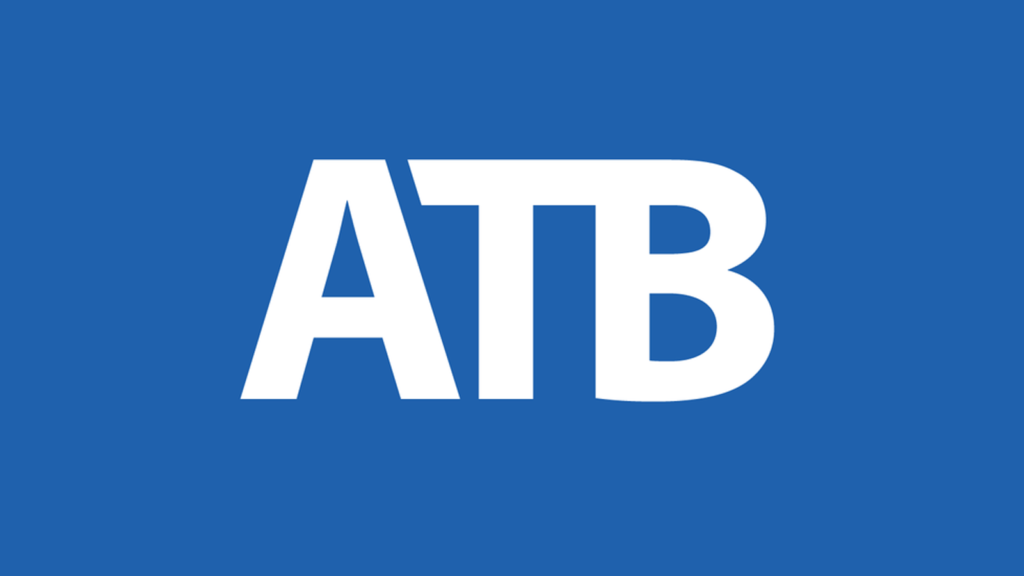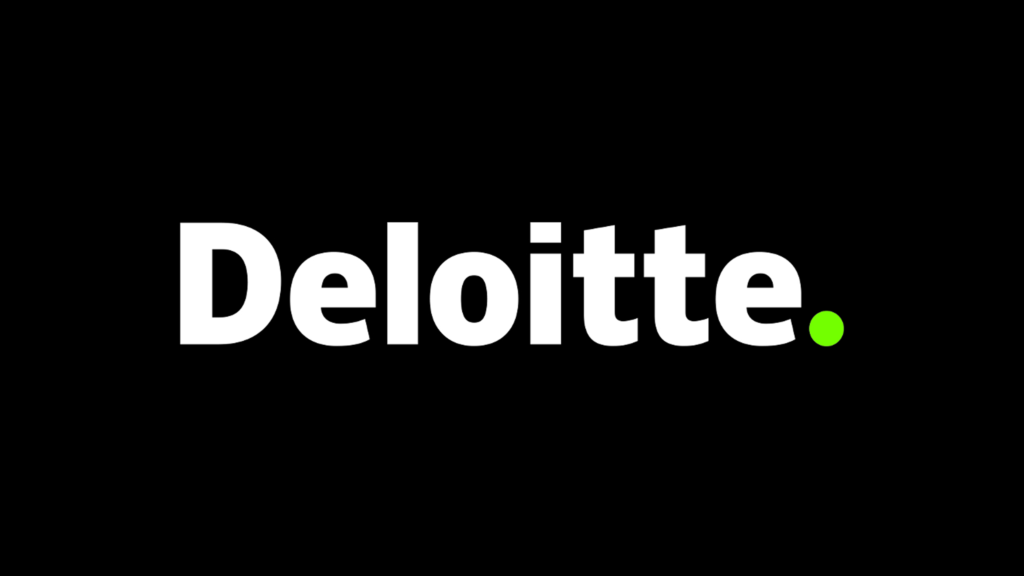
This is the second module of GuildOne’s Blockchain Digest, a series of articles intended to provide a basic understanding of blockchain technologies for non-technical audiences. In the first module, we offered a high-level overview of what blockchain is (and isn’t), how it works and some of the business problems it can address. In this module, we’ll delve a little deeper into some of the defining traits of blockchain and some key blockchain concepts.
Four Key Traits of Blockchain
Blockchain’s business benefits lie in its ability to reduce data and contract disputes and to reduce transaction costs and times. This is made possible by a number of traits, such as those outlined below:

1. Consensus
The first, and arguably most important, feature of blockchain is that it allows parties to know that they are all working off the same set of facts. Each party knows that the facts they see are the same as those that the other stakeholders see. Prior to finalizing the terms of a transaction, all parties agree upon or consensualize, the data, the contractual terms and/or other important facts that will form the basis of a commercial transaction.
This is known as consensus, and facts—such as data or contractual terms—that have been agreed to prior to the transaction are known as “consensualized” facts. Consensus removes trust as an issue by consensualizing traditional sources of distrust and dispute. Different blockchain platforms use different methods of establishing consensus, which we’ll discuss in the next module.

2. Validity
The second feature that ensures the integrity of blockchain transactions is validity. Validation allows transactional parties to be sure that the transaction is not malicious or fraudulent, but is legitimate and has been conducted according to agreed-upon terms of the transaction.
The type of validation that is used varies, depending on the blockchain platform on which the transaction is taking place. Generally speaking though, validation is provided by the parties on the blockchain network. For example, a transaction is proposed by one party. The other parties then determine whether or not the agreed-upon terms of the contract have been met. If so, the transaction is validated and then is entered on to the ledger as a valid block in the chain. For purposes of clarity, more than one transaction may be included per block, depending on the transactions involved and the parameters of the block.

3. Uniqueness
One of the reasons Satoshi Nakamoto proposed blockchain was to prevent the so-called “double-spend” problem of digital currencies. This describes the challenge of ensuring that a coin (or token) is not used in more than one transaction. Similarly, a party transacting on the blockchain network could attempt to update the block to enact more than one transaction; however, only one of those transactions can be valid or a double-spend would occur. Using validation methods, the members of the network must determine which transaction (if either) is valid, invalidating the one that isn’t and validating (or accepting) the one that is.
Validation thus ensures that transactions are “unique” or only represent one legitimate transaction at a time. This prevents intentional or accidental fraudulent use of the ledger such as charging two customers for the delivery of the same commodity, when only one received it.

4. Immutability
Once the ledger has been created it cannot be changed without the knowledge and consent of the involved parties. This is referred to as immutability.
If an action takes place that affects the state of the ledger (such as the delivery of a commodity or a payment), a new block will be created to reflect that change. Once that change has been approved or accepted by the network, the updated block cannot be changed, and can only be updated through the creation of a new block and the archiving of the previous block.
Immutability is enforced through the use of a cryptographic hash, as was described in the first module of Blockchain Digest. The hash ensures that all changes are known to all permitted members of the network. It also means that all transactions link back to the original, or genesis, record, which is a necessary function for auditability.
How Blockchain Works: Key Concepts
The four blockchain traits outlined in the previous section are important concerns for blockchain newbies to understand. However, there are also a number of key terms that readers will come across on a regular basis. Several of these are defined below:
Distributed Ledgers
As we discussed in the first module, blockchain can be thought of as a series of ledgers that are shared by members of a network. A distributed ledger is, therefore, a consensualized ledger that is shared across a network of participating computers (or nodes) that allows for synchronous management of transactional records across the network.


Smart Contracts
A smart contract is a software program that converts the transactional elements of a traditional contract into a formula that can be accessed by the distributed ledger. Smart contracts play a crucial role in the evolution of the technology from a cryptocurrency platform to a stage for commercial transactions.
The crucial advantage of smart contracts is that they provide the ability to standardize and automate the events that trigger key commercial terms (or events) of the contract, without the need for an intermediary (or middleperson). This significantly reduces transaction times, as well as cutting administrative costs. We will discuss GuildOne’s smart contract for blockchain transactions later in this series.
Nodes
As we’ve discussed, blockchain consists of a ledger that is distributed across computers on a network. Any computer that connects to the blockchain network is called a node. Each node on the network stores the most recent version of the block on the ledger.
Nodes perform the functions of the blockchain platform by proposing transactions, on one hand, and validating or accepting transactions, on the other. As will be discussed in the next module, some platforms have specialized nodes that serve specific functions on the blockchain network, such as auditing transactions that take place on the network.

In the next module of GuildOne’s Blockchain Digest…
The next module will look at some different types of blockchains, such as private, permissioned and public blockchain networks, as well as some of the different blockchain platforms, and their different purposes and functions.
Feedback
Please tell us what you thought about this module and the Blockchain Digest by filling out a short survey here.



































































You must be logged in to post a comment.